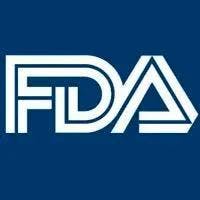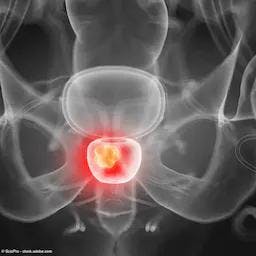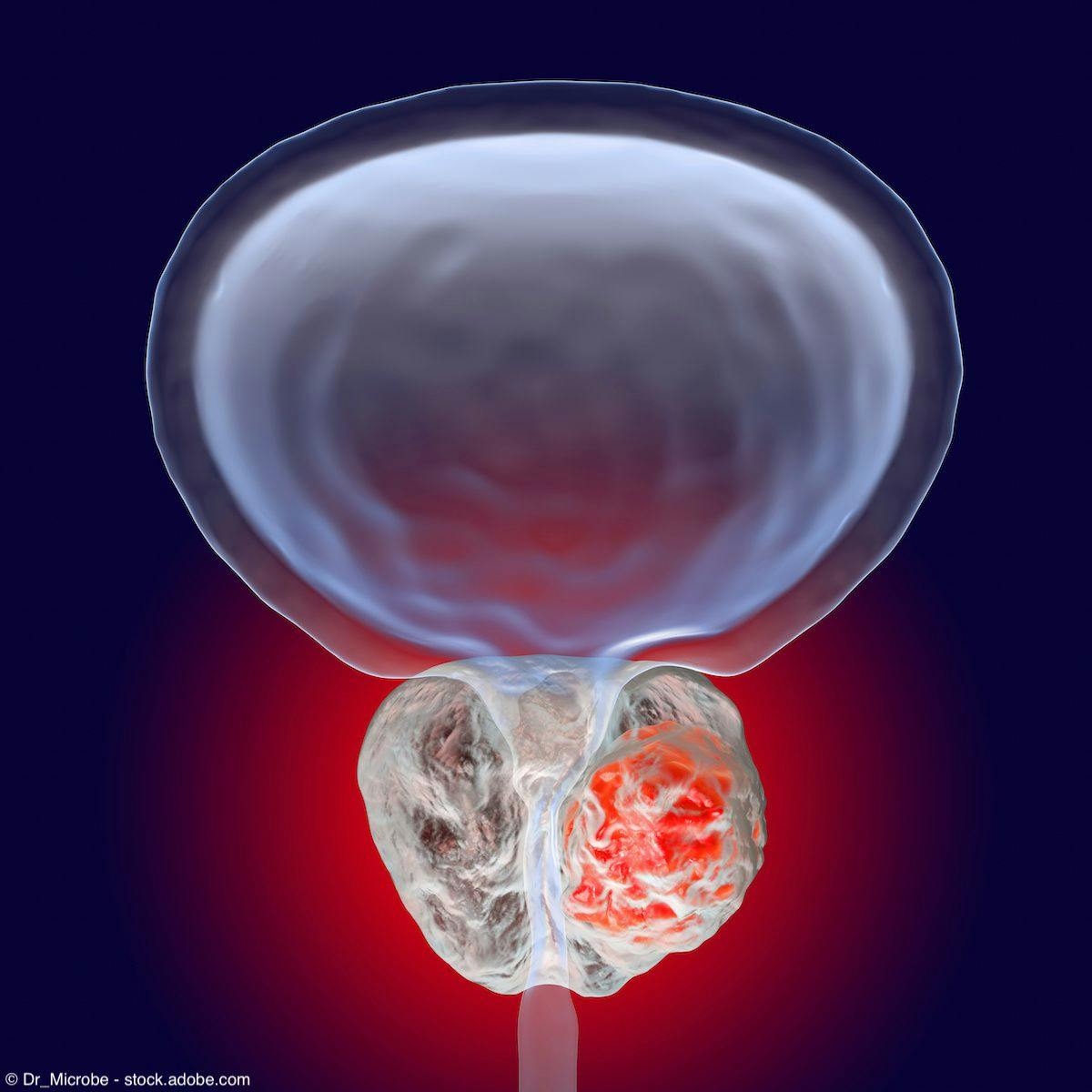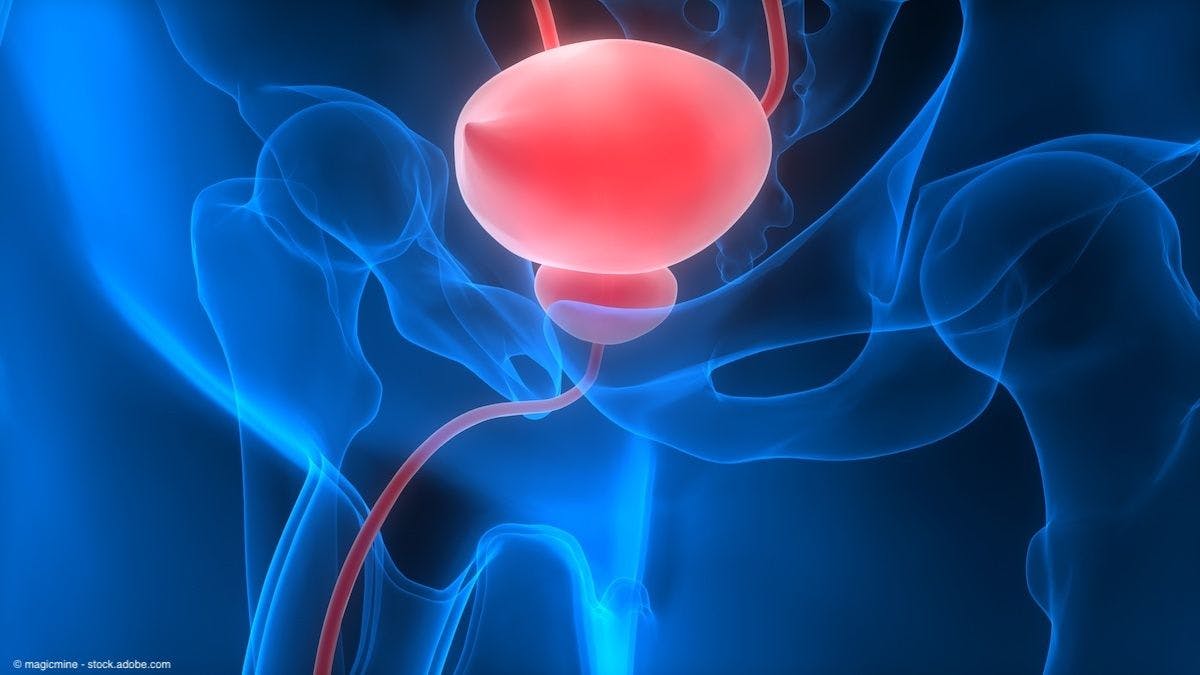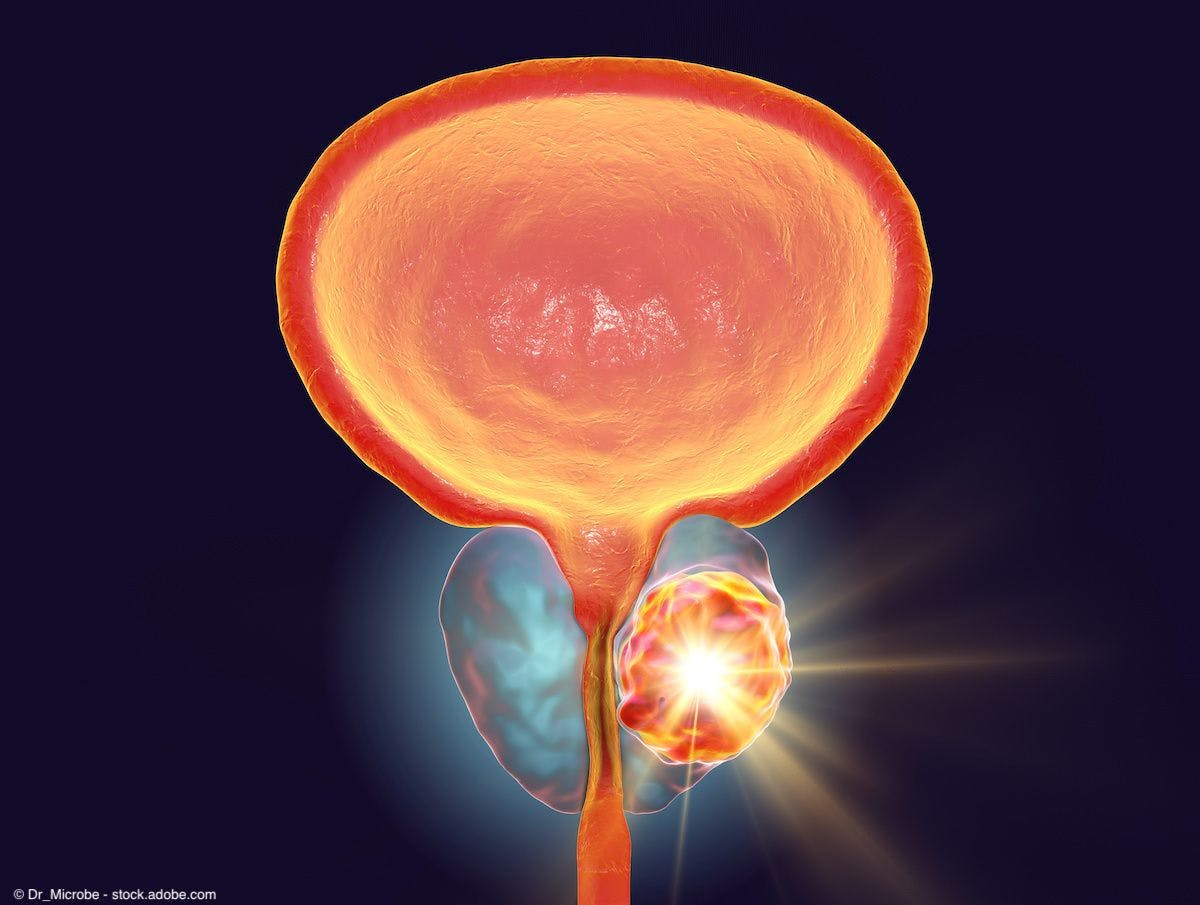News
Article
Urology Times Journal
TKIs show modest activity in lenvatinib-exposed patients with advanced renal cell carcinoma
Author(s):
Patients with advanced renal cell carcinoma treated with TKIs in the second or third line following lenvatinib treatment showed modest activity, highlighting the need for improved treatment options.

Modest activity was seen among patients with advanced renal cell carcinoma (RCC) treated with second- and third-line tyrosine kinase inhibitor (TKI) therapy following post-lenvatinib (Lenvima) exposure, according to a retrospective analysis presented at the 2024 ASCO Annual Meeting.1
“Our study highlights the need for improved treatment options for patients progressing on lenvatinib-based therapies,” the investigators wrote in the abstract.
While lenvatinib is FDA approved in combination with pembrolizumab (Keytruda) for frontline disease, as well as in combination with everolimus (Afinitor) for later-line disease, there is a lack of data surrounding the efficacy of TKIs post-lenvatinib exposure, investigators added in their poster presentation at the meeting.
In the retrospective analysis, which utilized the International Metastatic Database Consortium (IMDC), patients who received treatment following lenvatinib were divided into 2 cohorts: second-line therapy patients and third-line therapy patients.
Objective response rate (ORR) and time to treatment failure (TTF) served as the primary objectives of the trial.
In the second-line cohort, the majority of patients received lenvatinib plus pembrolizumab, and demonstrated an ORR of 5% (95% CI, 0.2%-25%), with a 6-month overall survival (OS) rate of 88% (95% CI, 67%-98%). Among those in the third-line cohort, of which the majority received lenvatinib plus everolimus, ORR was 12% (95% CI, 3.3%-27%), with 6- and 12-month OS rates of 77% (95% CI, 60%-90%) and 56% (95% CI, 38%-76%), respectively.
Further, median TTF was 5.8 months (95% CI, 1.9-14.9) in the second-line cohort, compared with 2.8 months (95% CI, 1.9-7.4) in the third-line cohort.
The duration of prior lenvatinib treatment in the second-line group was 9.7 months, and 5.9 months in those of the third-line group.
In the second-line cohort, 50% had partial response (PR) to lenvatinib, 20% with stable disease (SD) following the therapy, and 30% had progressive disease (PD), compared with 39%, 39%, and 21%, respectively, in the third-line cohort. Regarding IMDC risk at first-line therapy, 15% had favorable disease, 55% were intermediate, 10% were poor, and 20% were unknown in the second-line group, compared with 18%, 68%, 3%, and 12% in patients utilizing third-line therapy.
The median follow-up from treatment start in the second- and third-line cohorts was 4.9 months and 14.9 months, respectively. The majority of patients (80% and 50%, respectively) were currently on a TKI therapy alone.
In the second-line cohort, no patients had a complete response on current therapy; however, 5% had a PR, 50% had SD, and 30% had PD, compared with 3%, 9%, 17.6%, and 20% in the third-line arm.
On current treatment, 5% of patients had favorable disease, 45% with intermediate, 10% with poor, and 40% with unknown in the second-line group, compared with 9%, 62%, 15%, and 15% in the third-line group.
Following lenvatinib exposure, the majority of patients in the second- and third-line cohorts (75% and 74%, respectively) reported with >1 metastases, with 1 patient in each having just 1 metastasis.
In the second- and third-line cohorts, median age was 61 and 67 years, respectively; and the majority were male (85% and 68%), White (60% and 53%), with clear cell histology (85% and 68%), and had a prior nephrectomy (75% and 88%).
“There is a need for improved treatment options for patients that progress off of lenvatinib,” the investigators wrote in the poster. “Further investigation is needed to determine mechanisms of response and resistance to lenvatinib.”
Reference
1. Panian J, Zhong C, Choi S, et al. Efficacy of post-lenvatinib treatments in patients (pts) with advanced renal cell carcinoma (aRCC). J Clin Oncol. 2024;42(suppl 16):4538. doi:10.1200/JCO.2024.42.16_suppl.4538.

Newsletter
Stay current with the latest urology news and practice-changing insights — sign up now for the essential updates every urologist needs.










